PRIME MINISTER Keir Starmer and US president Donald Trump on Thursday announced a trade agreement that reduces tariffs on British exports, including cars and steel.
The deal, reached after several weeks of talks, lowers levies on UK car exports from 27.5 per cent to 10 per cent and lifts tariffs on British steel and aluminium. The UK government said the move would save Jaguar Land Rover hundreds of millions of pounds a year, with the reduction applying to a quota of 100,000 cars — close to Britain’s total exports last year.
“This is a really fantastic, historic day,” Starmer said, appearing via video link with Trump during parallel press conferences in London and Washington. “It’s going to not only protect jobs, but create jobs, opening market access,” he said, adding a “tribute” to both negotiating teams.
Speaking at a Jaguar Land Rover factory in the Midlands, Starmer said, “That is a huge and important reduction.”
The agreement also includes reciprocal market access for beef, with UK farmers allowed a tariff-free quota of 13,000 metric tonnes. The UK government said British food standards remain unchanged and confirmed that chlorinated chicken will not be allowed into the country.
There will be no change to the UK’s digital services tax on US tech firms as part of the deal.
“This is just the start,” Starmer said. “We’re more ambitious for what the UK and the US can do together.” He said he learned of Trump’s approval for the deal during a phone call on Wednesday night while watching Arsenal’s Champions League match against Paris Saint-Germain.
Trump called the agreement a “breakthrough” and the first step in broader negotiations. “I’m thrilled to announce that we have reached a breakthrough trade deal with the United Kingdom,” he said. “The deal includes billions of dollars of increased market access for American exports, especially in agriculture.”
Trump denied exaggerating the scope of the agreement, calling it a “maxed-out deal” in response to a question.
The UK will continue to face a 10 per cent baseline tariff on most goods under the reciprocal tariff policy introduced by Trump in April, though there are exemptions for certain products such as pharmaceuticals.
Downing Street said negotiators would continue talks to lift remaining tariffs and seek exemptions from future levies. The UK government added that Britain would receive “preferential treatment” in any future US tariff decisions.
A UK government official described the agreement as a “general terms document” covering key sectors and providing a framework for further negotiations, rather than a full free trade agreement. The official said more talks would follow, especially on tariffs affecting the pharmaceutical sector.
The trade deal was announced days after Britain signed a free-trade agreement with India, its largest such deal since leaving the European Union.
Trump said Starmer had been a “tough negotiator” during his visit to the White House in February. Starmer’s visit included delivering an invitation from King Charles III for a second state visit for Trump.
While the UK has not yet responded with retaliatory tariffs, the European Union on Thursday proposed new duties on US planes and cars if its own negotiations with Washington fail.
(With inputs from agencies)
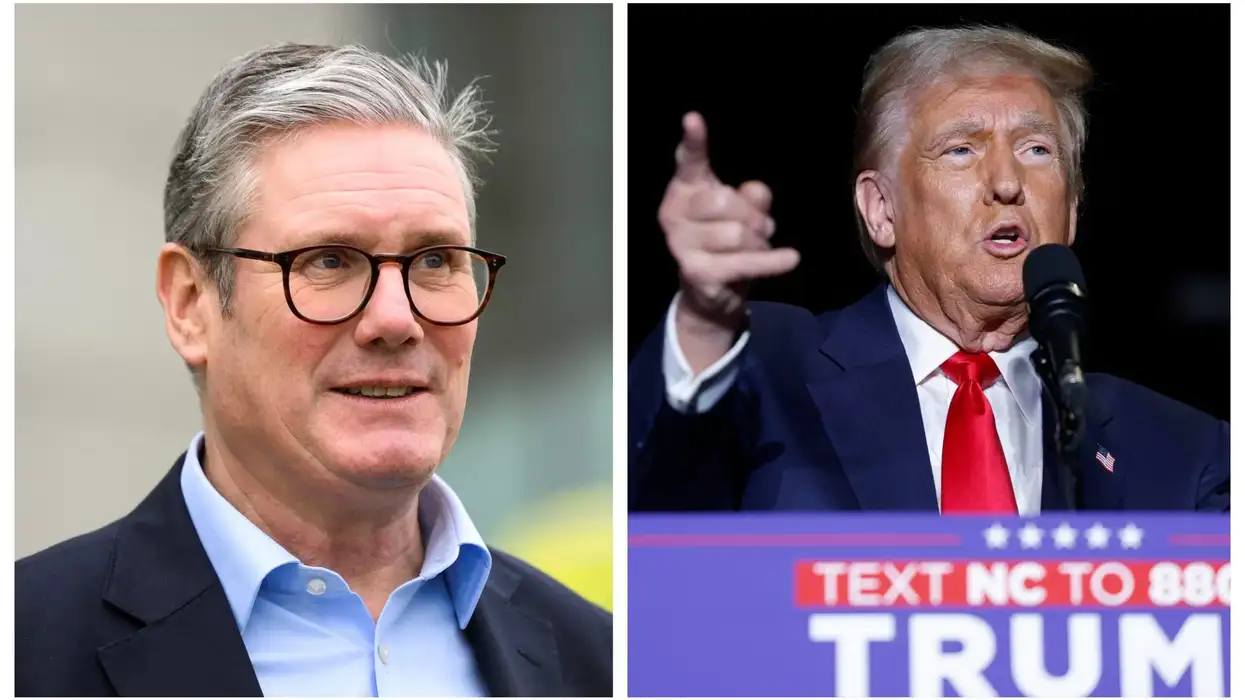


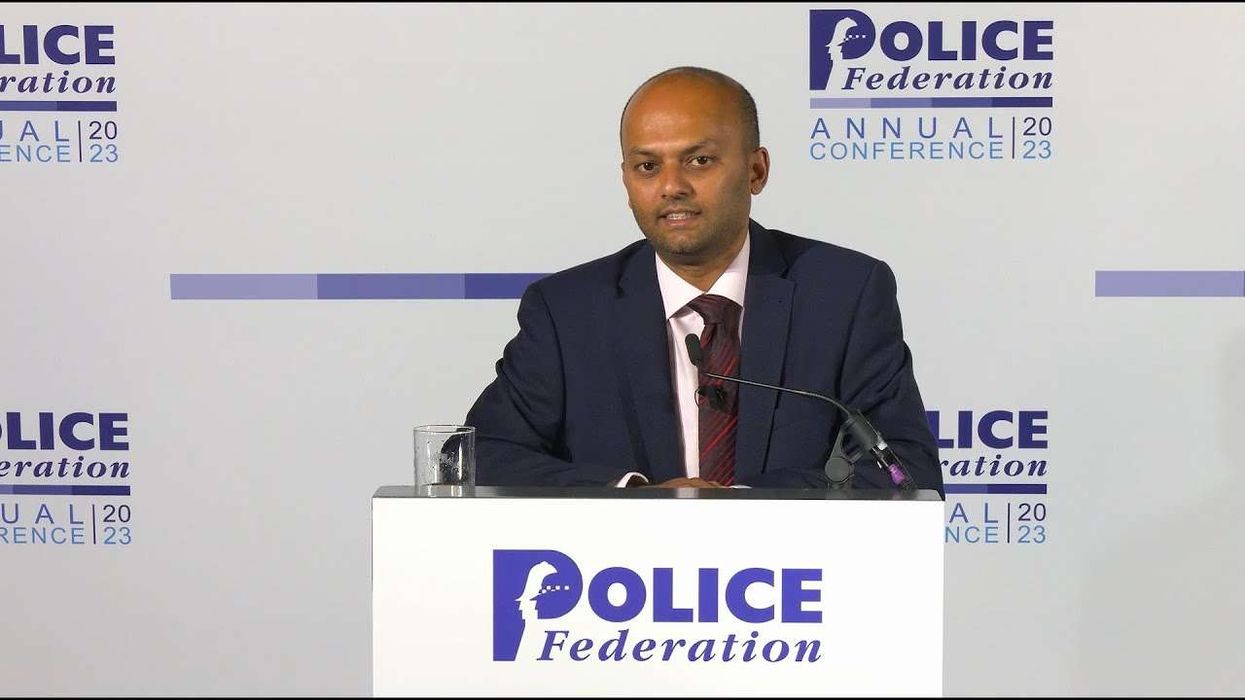

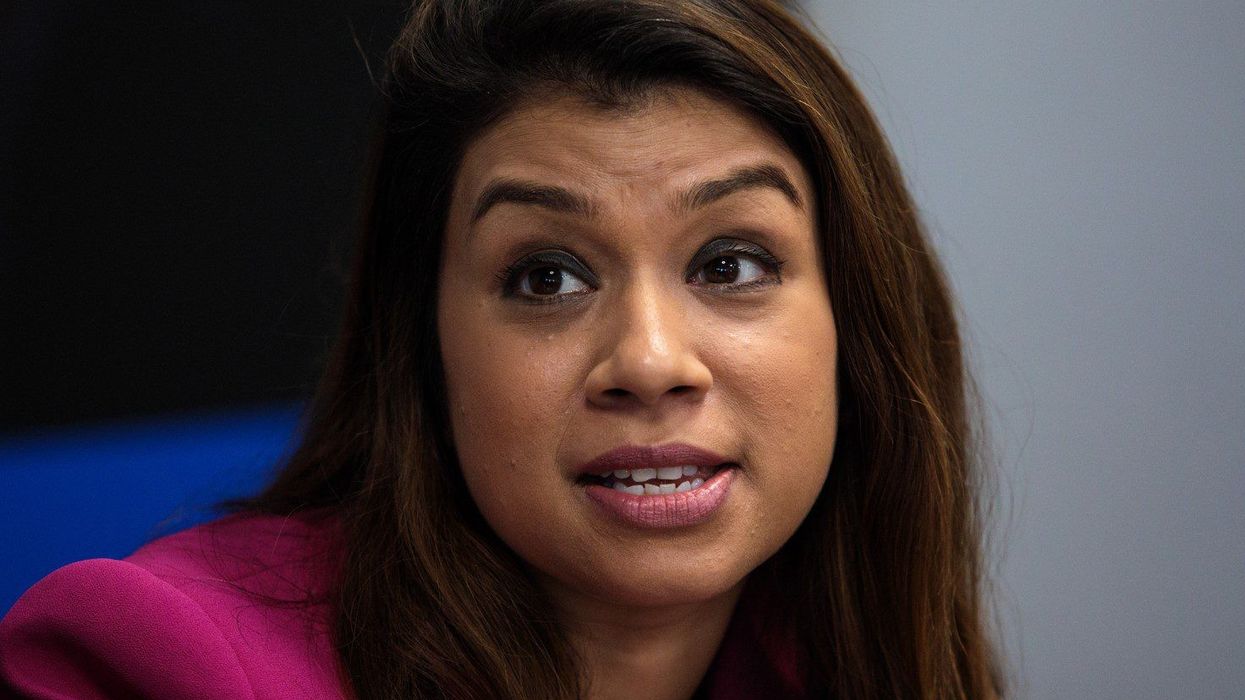
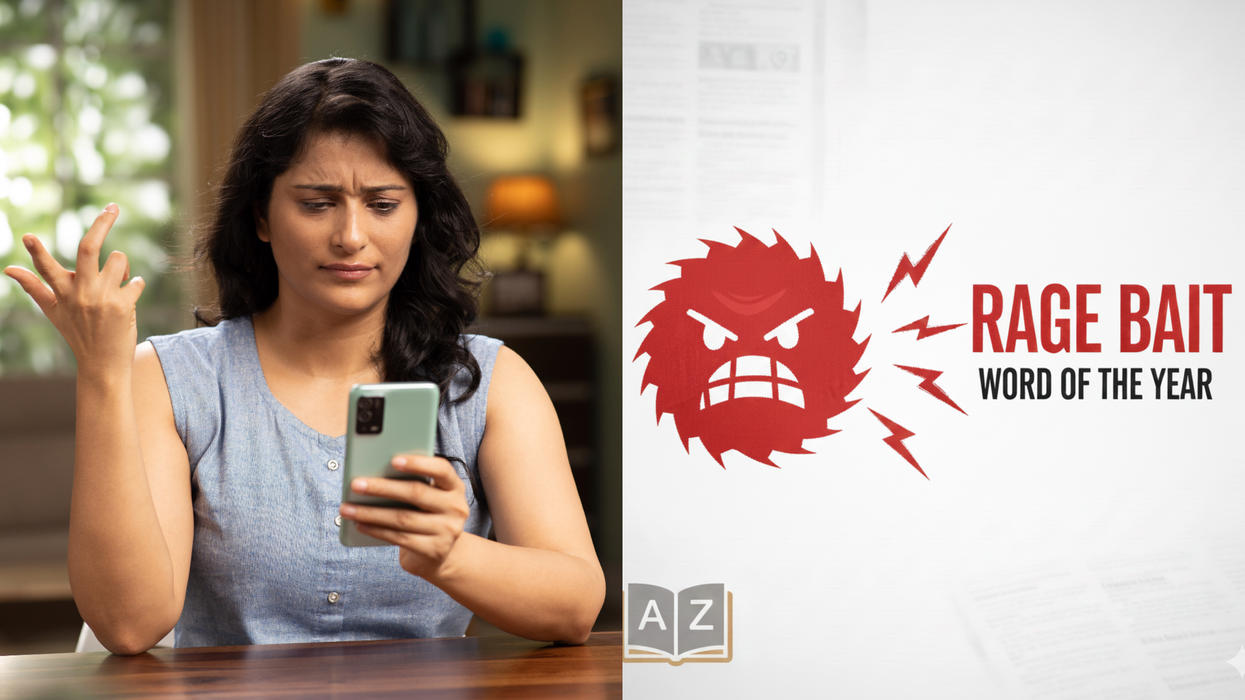
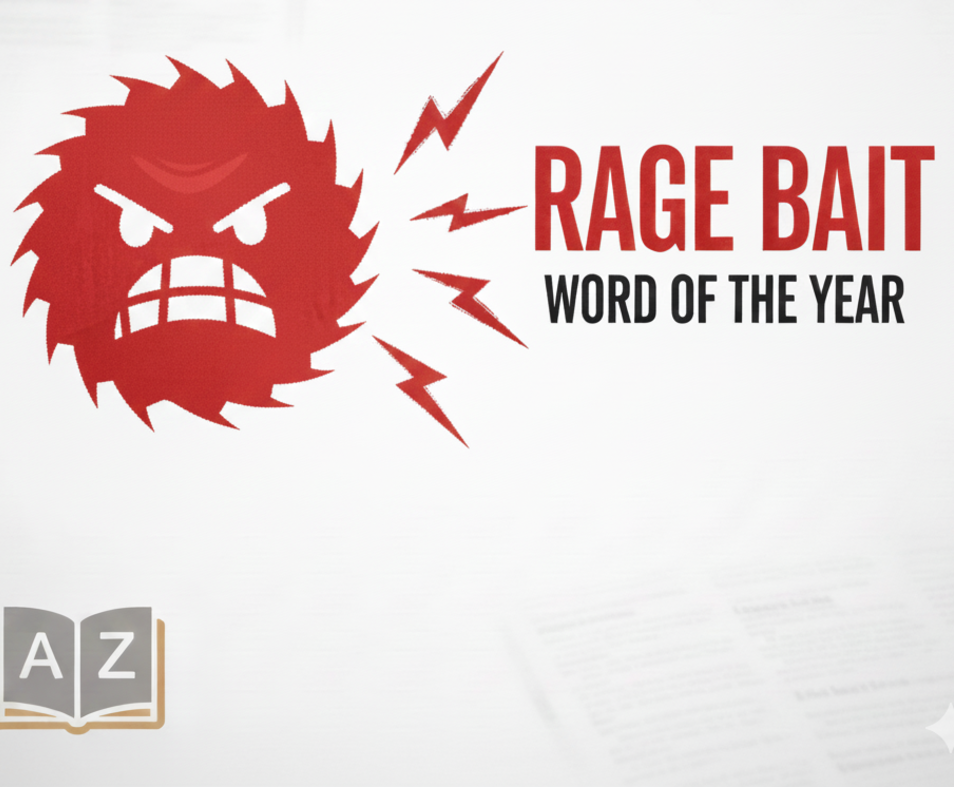 Rage bait isn’t just clickbait — it’s Oxford University Press’ word of the year for 2025 iStock/Gemini AI
Rage bait isn’t just clickbait — it’s Oxford University Press’ word of the year for 2025 iStock/Gemini AI 
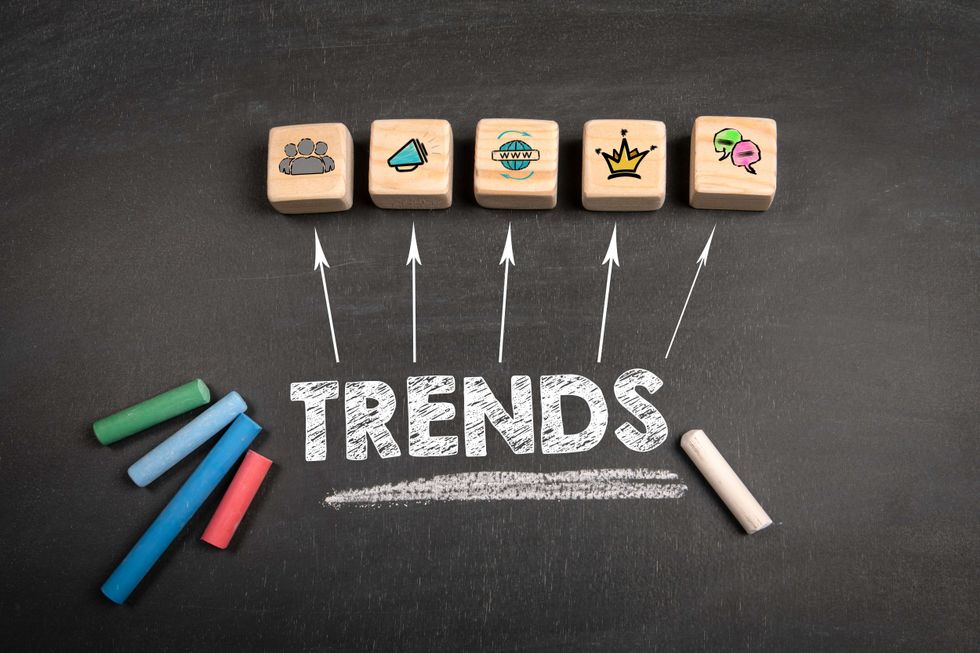 Online Trends iStock
Online Trends iStock Rage bait isn\u2019t just clickbait \u2014 it\u2019s Oxford University Press\u2019 word of the year for 2025 iStock/Gemini AI
Rage bait isn\u2019t just clickbait \u2014 it\u2019s Oxford University Press\u2019 word of the year for 2025 iStock/Gemini AI 






